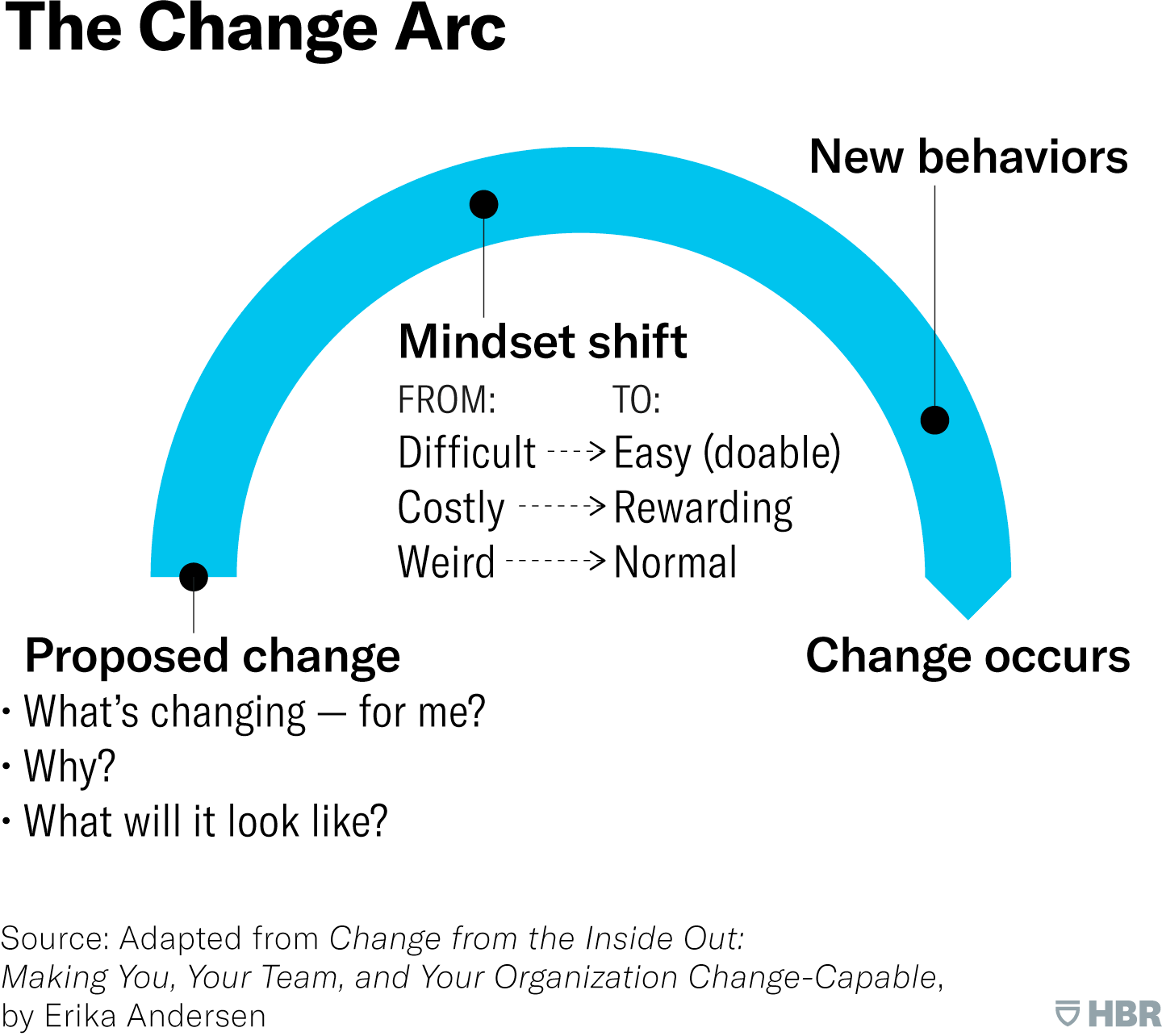As the Greek philosopher Heraclitus famously wrote: “The only constant in life is change.” But whilst the world around us is constantly changing, humans are creatures of habit. We like to build routines doing the same things, at the same time; day after day, week after week. Change can be hard. It disrupts our daily life and has the potential to thrust us into new and unexpected directions.
Over the last half century technology has grown exponentially and has vastly altered the way we live and work. To put this in to context, a modern smartphone is more powerful than the guidance computer NASA used for the famous Apollo 11 mission. In 53 years we’ve managed to condense technology that once filled an entire room in a government-controlled building into something that fits into the palm of your hand and is accessible to everyone. With all this technology at our fingertips, businesses have had to altered the way they work to remain competitive in today’s digital first world. Whilst these changes are necessary for success, they do require change management processes. According to McKinsey 70 percent of change programs fail to achieve their goals, largely due to employee resistance and lack of management support (LINK)
To ensure change is successful, management teams need to make the process as painless as possible.

When change is first suggested, most people want to know three things:
- What does this change mean to me?
- Why is it happening?
- What will it look like when the change has been made?
The answers to these questions help them to assess the level of risk and difficulty involved in the change. At this stage most humans see change as a threat, viewing it as difficult (not knowing how to do it or thinking people could make it hard for them), costly (taking from them things they value such as time, money or status) and weird (a change to the status quo).
The reason many change management processes fail is that people become stuck in this mindset. To embrace change, people need to recognise that the change could be easy or at least achievable, that the pros to the change will outweigh the cost and that change could become the new normal.
So, how can we help people to make this shift?
Increase understanding
It is impossible to instigate change without providing foundational information about the change.
What is it?
Why is it happening?
Why will this lead to a better future?
PriceCast Fuel is a software that is driven by artificial intelligence. AI is often perceived as a threat, whether as the antagonist in a sci-fi movie or as a technology that will render you jobless. With this in mind, simply telling your pricing team that you are switching to an AI pricing solution without any context or further explanation, no matter how positive the delivery, will not give them the key information they need.
What is it?
PriceCast Fuel provides real-time insights, data-driven pricing strategies, and enhanced operational efficiency powered by artificial intelligence. It learns and identifies customer trends and empowers you with predictive, customer-centric insights that ensures the right price, to the right customer at the right time.
Why is it happening?
As demand for traditional fuels declines, a data-driven approach to fuel pricing is more critical than ever. PriceCast Fuel has helped retailers across the world to maintain a pro-active pricing strategy, even in volatile marketing conditions. The self-learning AI technology is able to identify and predict consumer trends, empowering organisations to make better decisions and become more strategic.
Why will this lead to a better future?
PriceCast Fuel is designed to support the work of the pricing team, not replace them. PriceCast Fuel can eliminate tedious work, highlight sites that require attention and offer an opinion on how to solve it. It is this ability to devise a solution and cooperate with the pricing analyst that sets an AI solution apart from a simple expert system.
Of course, your teams are likely to have further questions and it is essential that you are able to answer them. By providing honest, realistic information and building a strong case for change this will help people to start to shift towards a more positive or neutral point of view.
Clarify and reinforce priorities
Letting people know what isn’t changing can be just as important as letting them know what is changing. As mentioned PriceCast Fuel is designed to support the work of the pricing team, not replace it. Understanding that their roles will remain largely the same will help to reassure them.
Give control
The team will need to build trust in PriceCast Fuel, this can be achieved by understanding how the AI system works and being able to explain how and why it has come to a decision. AI can be integrated in three stages – assisted, augmented and autonomous. This phased approach helps teams to adjust to the changes step by step.
The AI acts as a digital twin so retailers can test simulations and ideas, for example they can see how a price increase would affect the volume and margin at a site and how the market would react to the change. By being able to play around with these ideas teams can become more familiar with the AI and build trust in the process. This a vital step in the AI journey as it prepares businesses and their teams for fully autonomous AI.
Give support
It’s important to remember that change takes time. Throughout the process it is essential to provide consistent support. Questions need to be answered as they arise and people need time to adjust. Instead of viewing any concerns as resistance, try to understand the worries of your team and respond in a thoughtful way. If people feel they are being heard and their issues addressed, they are less likely to remain stuck in a negative mindset.
As part of the PriceCast Fuel subscription, customers can benefit from A2i’s performance development service. The service is designed to help customers seamlessly transition from their old way of pricing to PriceCast Fuel in a phased approach. The process starts by helping retailers to price in the way they usually do using PriceCast Fuel. The second step is to start using artificial intelligence in restricted mode and the final step is using advanced AI in non-restricted mode. This helps customers to gradually build trust in the system.
When implementing PriceCast Fuel we work closely with the pricing teams to ensure the process is as smooth as possible and we can address any concerns that may arise. Even after the initial set-up phase we continue to offer PriceCast Fuel customers 24/7 support from our centre based in Denmark.
Whilst change is inevitable, it is essential to remain patient. Fear, hesitation and resistance are totally normal responses to change but shifts can happen with the right support and processes in place.
